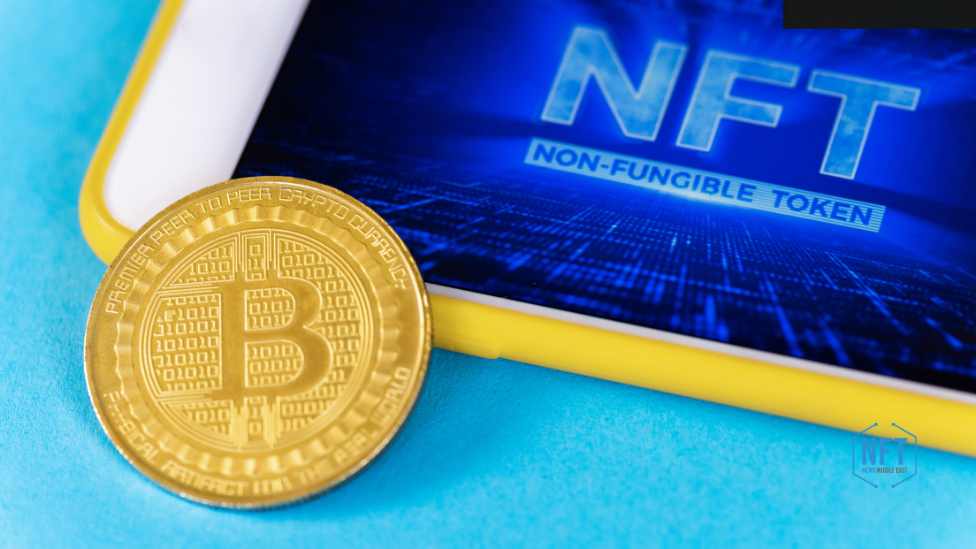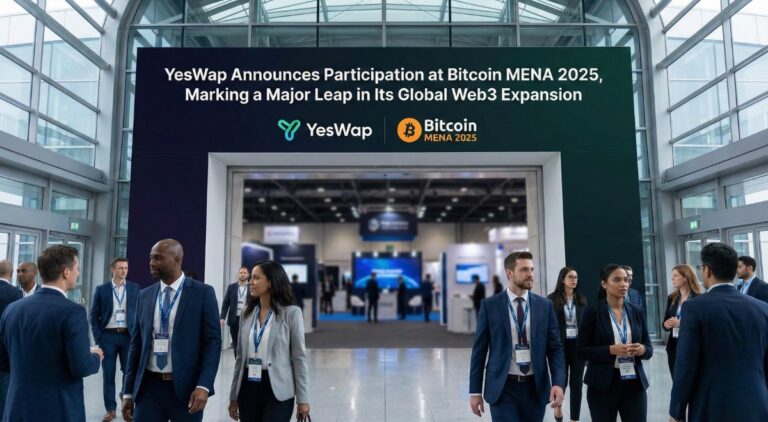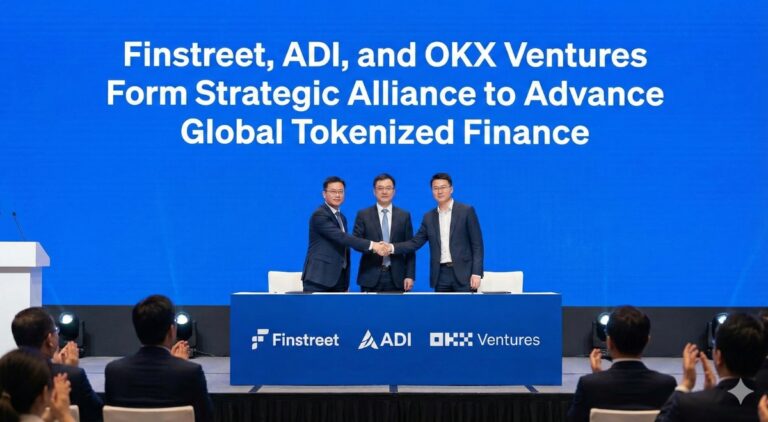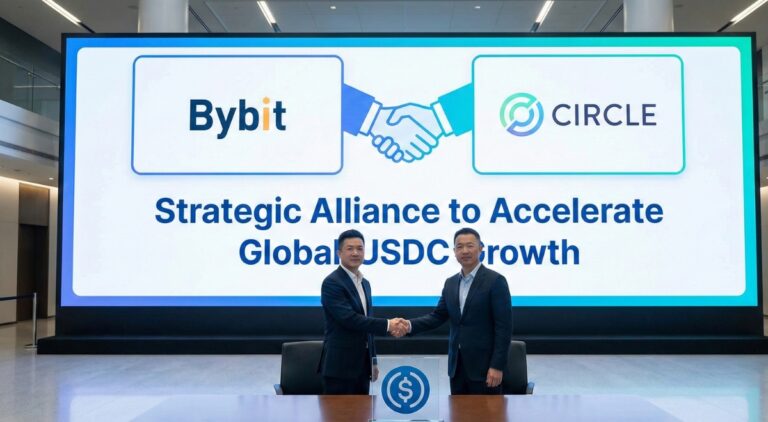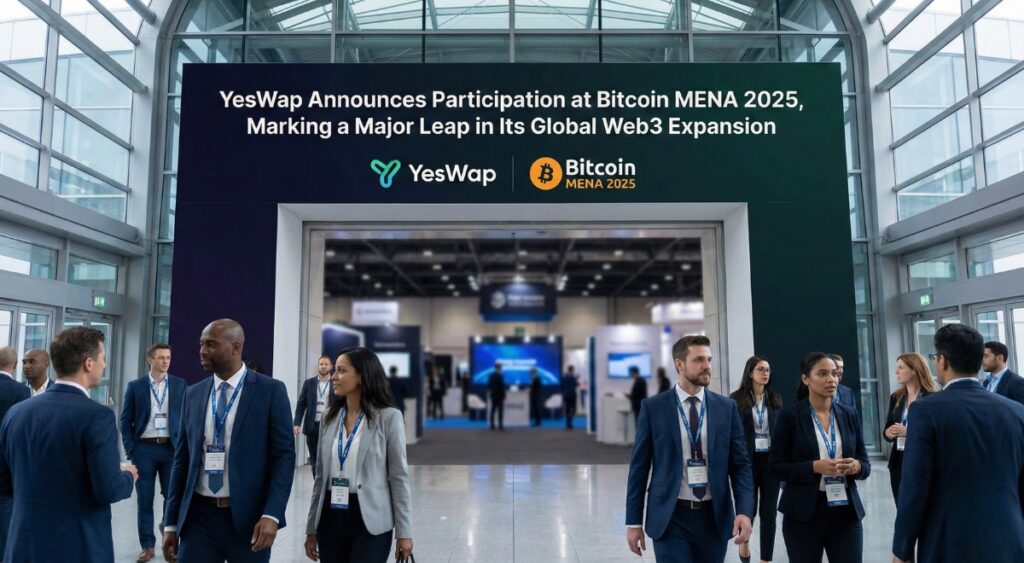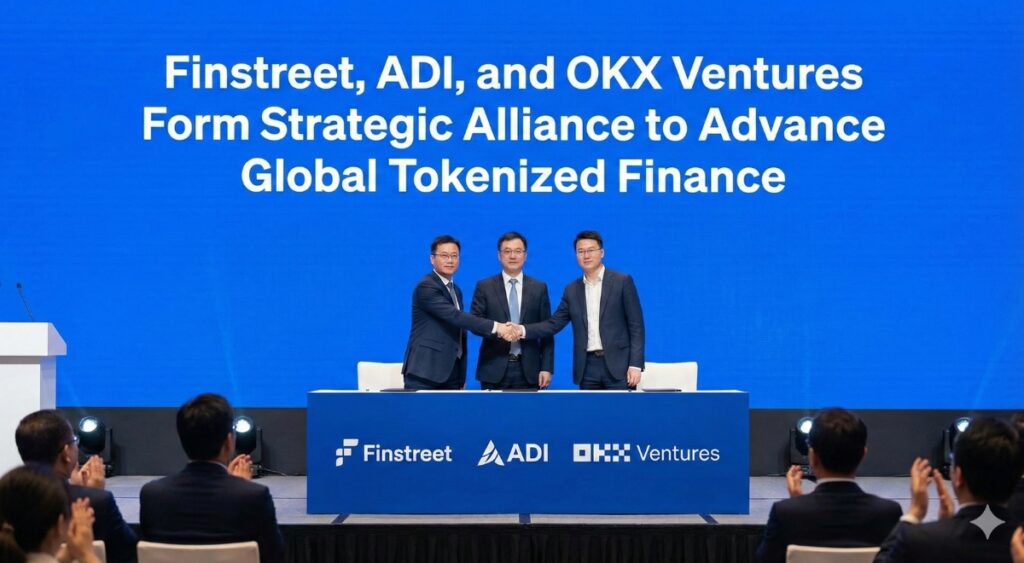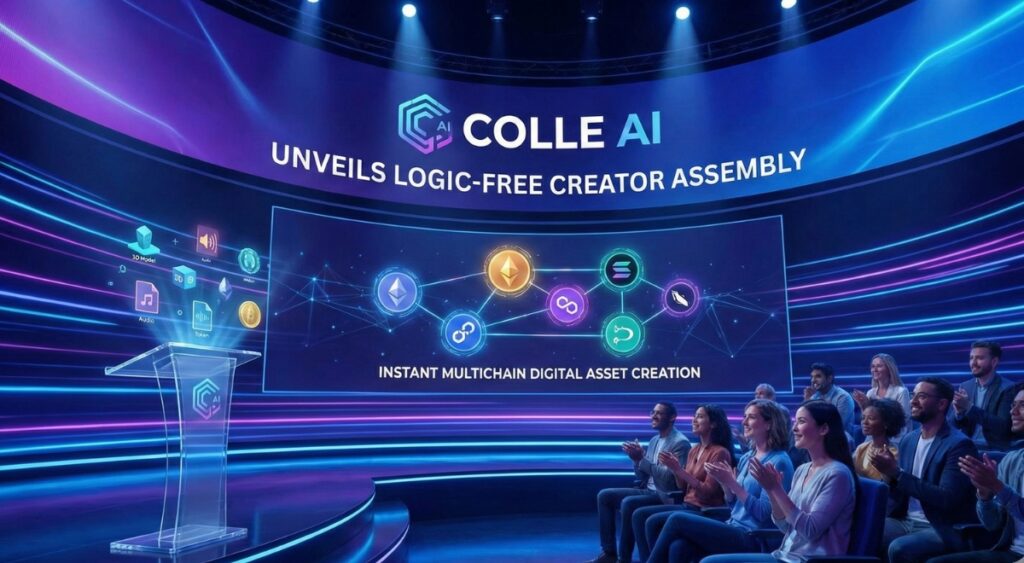In many projects, network transaction fees are a key factor when introducing a new NFT product or collection. Here is what you need to know about potential costs associated with minting non-fungible tokens on several blockchains if you’re still searching for the ideal platform.
What Is NFT Minting?
NFT minting involves a process of converting a digital file into a blockchain-based digital asset. The file in question could take numerous forms. It could be in the form of music, art, or a game. Nonetheless, it is always important to consider the average cost of minting NFT before you get started.
Any digital item that you mint is stored on the blockchain; this makes it impossible to edit or remove once it is on the platform. Depending on the NFT platform or marketplace you choose, minting a non-fungible token is an easy process.
Cost To Mint NFTs Using Different Blockchain
For minting NFTs, Solana is still a far more cost-effective blockchain network. Users can mint an NFT for as low as $0.015. In Solana, gas fees are also substantially less expensive. Consequently, in contrast with Ethereum, a transaction fee on this network will drastically reduce your minting costs.
Ethereum
The Ethereum blockchain offers more appealing options for building an NFT collection than Solana. The mint fee on Ethereum requires a gas fee ranging from $70 to $100. It can cost you up to $1,000 to create and mint a sizable collection of NFTs.
On OpenSea, there are no set gas fees like there are with other cryptocurrencies. Basically, the price might vary according to the ETH blockchain’s supply. For example, you could have to spend up to $300 during periods of high demand. On the other side, you can spend as little as $40 when there is a reduced supply period. OpenSea receives 2.5% for every secondary sale and between 2.5% and 10% for mints from primary drops.
How To Reduce NFT Minting Costs?
Lazy Minting
Delaying the minting until just before the non-fungible token is sold is referred to as lazy minting. In this sense, the minting charge is paid by purchasers once their NFT is sold, which makes the creation of NFTs affordable and reasonable for creators. Lazy minting is now available on popular NFT platforms like OpenSea and Rarible.
Minting The NFTs Over An Extended Duration
Transaction fees are a spam-prevention method that is adjusted to network usage; this provides a way for your project to work around them. Optimizing transaction times is standard advice for everyone involved in the DeFi space, and it also applies to NFT projects. You can plan the minting to occur during a time when Ethereum’s gas fees are cheaper, or you can create a self-adjusting system for that purpose.
Takeaways
Although the price of minting NFTs varies depending on the blockchain network, it’s crucial to consider transaction fees and platform charges. In order to minimize costs and optimize revenue in the NFT marketplace, creators might benefit from exploring cost-effective strategies such as timing transactions and lazy minting.

